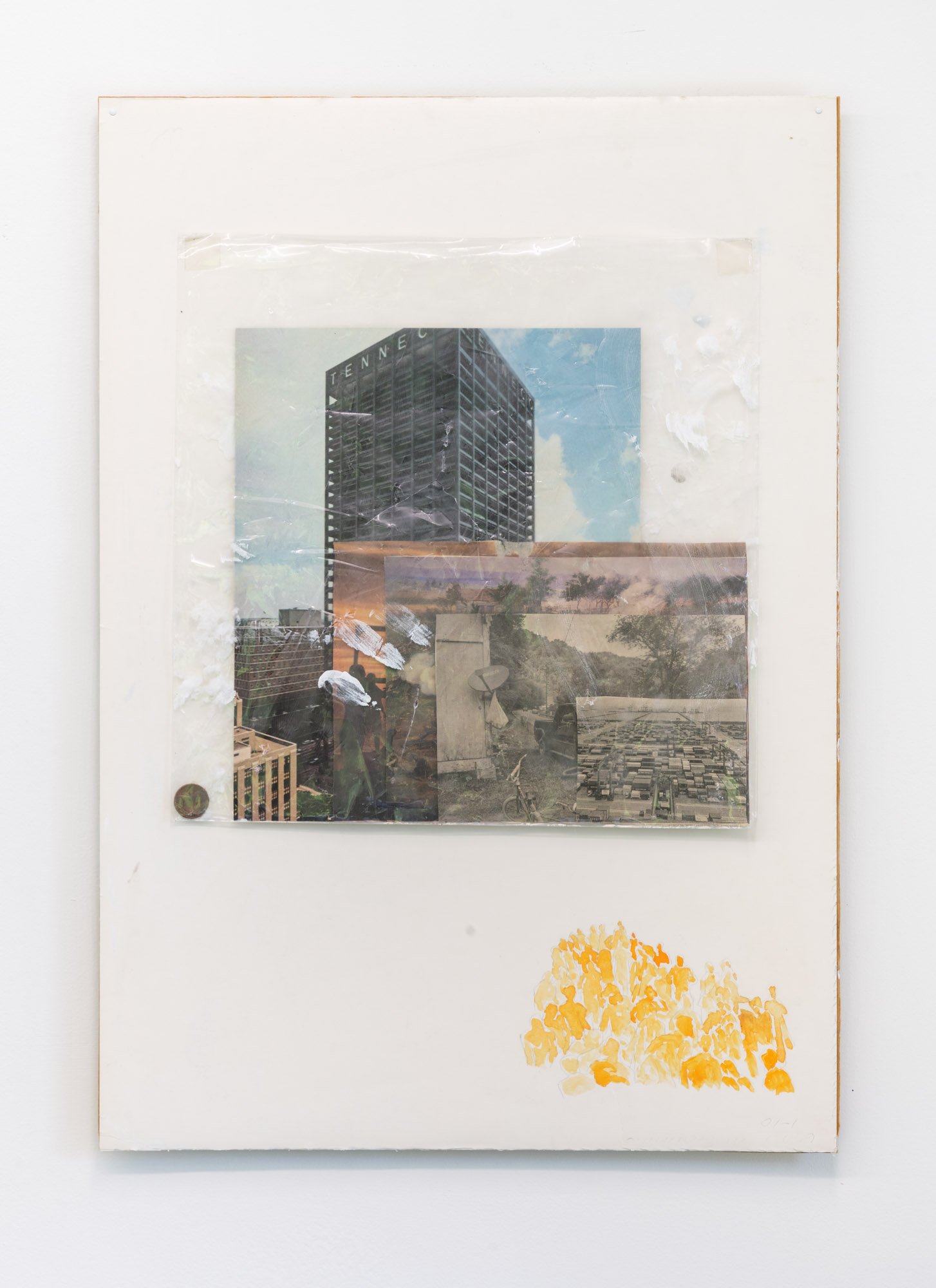Adrián S. Bará:
Fata Morgana
May 6th - June 17th, 2023
FATA MORGANA
A Fata Morgana (Italian: [ˈfaːta morˈɡaːna]is a complex form of superior mirage visible in a narrow band right above the horizon. The term Fata Morgana is an Italian translation of "Morgan the Fairy" (Morgan le Fay of Arthurian legend). These mirages were often seen in the Italian Strait of Messina, and were described as fairy castles in the air or false land conjured by her magic.
Fata Morgana mirages significantly distort the object or objects on which they are based, often such that the object is completely unrecognizable. A Fata Morgana may be seen on land or at sea, in polar regions, or in deserts. It may involve almost any kind of distant object, including boats, islands, and the coastline. Often, a Fata Morgana changes rapidly. The mirage comprises several inverted (upside down) and erect (right-side up) images that are stacked on top of one another. Fata Morgana mirages also show alternating compressed and stretched zones.[1]
“A continent that is an illusion, a Fata Morgana, an Atlantis,
Upon which we live, and which is our only homeland. Human communication is this: the illusion of the denial of nature, whose idiotic tendency tends towards the total equilibrium of entropy and death. Therefore, human communication is the illusion of immortality, that is, of a memory formed by increasing symbolic information. Of course, we know that this is an illusion, and we know it thanks to our body’s suffering: despite our individual and collective memories, we remain mortals. Nevertheless, this illusion is, still, our own reality, our ontological dignity. And it is due to the illusion of symbolic communication that we are really Human.”
V. Flusser, 1975, The Surprising Phenomen of Human Communication
***
Adrián S. Bará (b.1982, Mexico City) lives and works in New York. His practice, at its core, explores the body and its relation to space and modern architecture, as well as its representation at the intersection between sculpture, installation and painting. The artist’s training as a filmmaker drives his narrative— pulling in from daily materials and positions to construct ‘sculpted situations’ that are meant to be activated by viewers as they project their own accounts into the objects that invite them to do so. Bará’s artwork often functions as archival traces of events—as stories that are meant to be intervened, challenged, and transformed through acts of looking.
Bará has exhibited his work in solo and group exhibitions at venues such as ArtCenter / South Florida, Museo de Arte de Zapopan, Kasmin in New York, Casey Kaplan in New York, Travesía Cuatro in Guadalajara, and PEANA. In film, he was director of photography for the documentary The Solitude of Memory, which was included in the Cannes Film Festival in 2015. Bará has completed residencies at the International Studio & Curatorial Program (ISCP), PIVÓ, Casa Wabi and KinoSaito Residency in New York. His works are part of private and public collections such as: Isabel and Agustín Coppel Collection, Diéresis Collection, Gaia Collection, Imago Mundi Collection, Sayago & Pardon Collection and Suro Collection.








